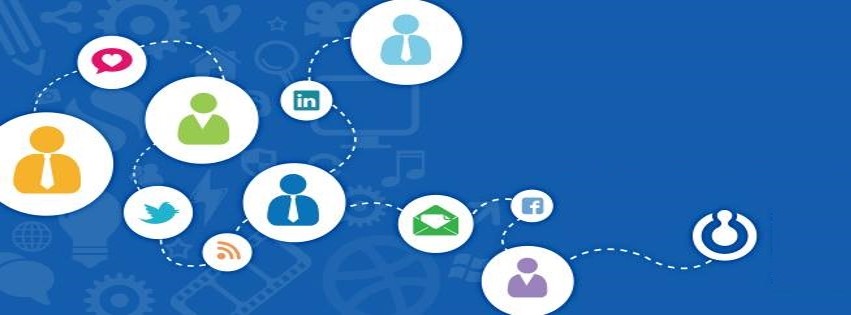
When backing a startup, early-stage or fast-growth company, you certainly want to get smart about the capabilities of the management team and general trends in the industry. Once you have that nailed, it’s time to talk tachles, or practical details in Modern Hebrew.
At Stax, due diligence is our bread and butter. In 20 years of helping corporations and private equity firms—including more than a dozen of the top 25 LBO firms in the world—make significant investment decisions, we’ve seen that the most important element for commercial due diligence is getting to the the customer.
Lesson #1: Is The Company Solving A Real Problem?
What is the need this product or service is trying to address? If you’re looking at a technology company, which is a high probability among Israeli companies, is it solving a clear problem and pain point for the customer? You want to be convinced that the need is sustainable and that this offering provides a unique solution, rather than a solution looking for a need.
Lesson #2: Is The Buyer Easily Identifiable?
Does the company understand who owns the problem? As corporate structures flatten, purchase decisions become increasingly decentralized. With technology, for example, “cloud”-based platforms facilitate individual departments—rather than a centralized CIO—making purchase decisions. Department heads have greater flexibility to identify customized add-ons that solve their unique problems while still working with corporate-wide computing platforms. At the same time, there are many problems that affect more than one person in an organization but there is no one person with the need or authority and budget to pay for the solution.
How specifically does the company know how the customer thinks about the problem, currently solves for the problem, and pays for it? And how long is the sales cycle? Is there a distribution partner in the mix and, if so, how much is this solution critical to that partners success or not?
Furthermore, are they targeting the right geographic markets? What sells in Europe—or even discrete parts of Europe—may be different from what sells in the US. Variations in technological availability or costs of labor create widely differing sets of needs.
Lesson #3: What’s The Customer Perspective?
The best way to answer these questions is to look at the competition to see where they are succeeding, take a look back at customer behavior, and then talk to the customers directly for feedback on the appeal of the product and the effectiveness of the proposed sales and marketing strategy. For the larger deals that Stax typically works on, we use internal data sets and field research and interviews to dig deeply into what drives customers to buy, both now and into the future. While that level of analysis would be impractical for smaller investments, the money you’re investing is just as important to you.
There are things you can do to emulate the process: for example, getting online and looking at competitors, rolling up your sleeves and making a few calls, seeing if you can find some people with industry knowledge to talk with. It’s your money, and when you find out what the customer thinks, you’ll be a much better investor.
We’ve all seen the hockey stick growth rates that come in the selling memoranda. Getting the perspective of sources more aligned with the buyer perspective is the only real way to know if that hockey stick projection has a good chance of making it across the ice and leading to a real score.


![Bigger? Better? Try ‘Smarter’: Investing in the Internet of Things [Infographic]](https://blog.ourcrowd.com/wp-content/uploads/2015/05/IoT-inforgraphic-blog-post.jpg)





